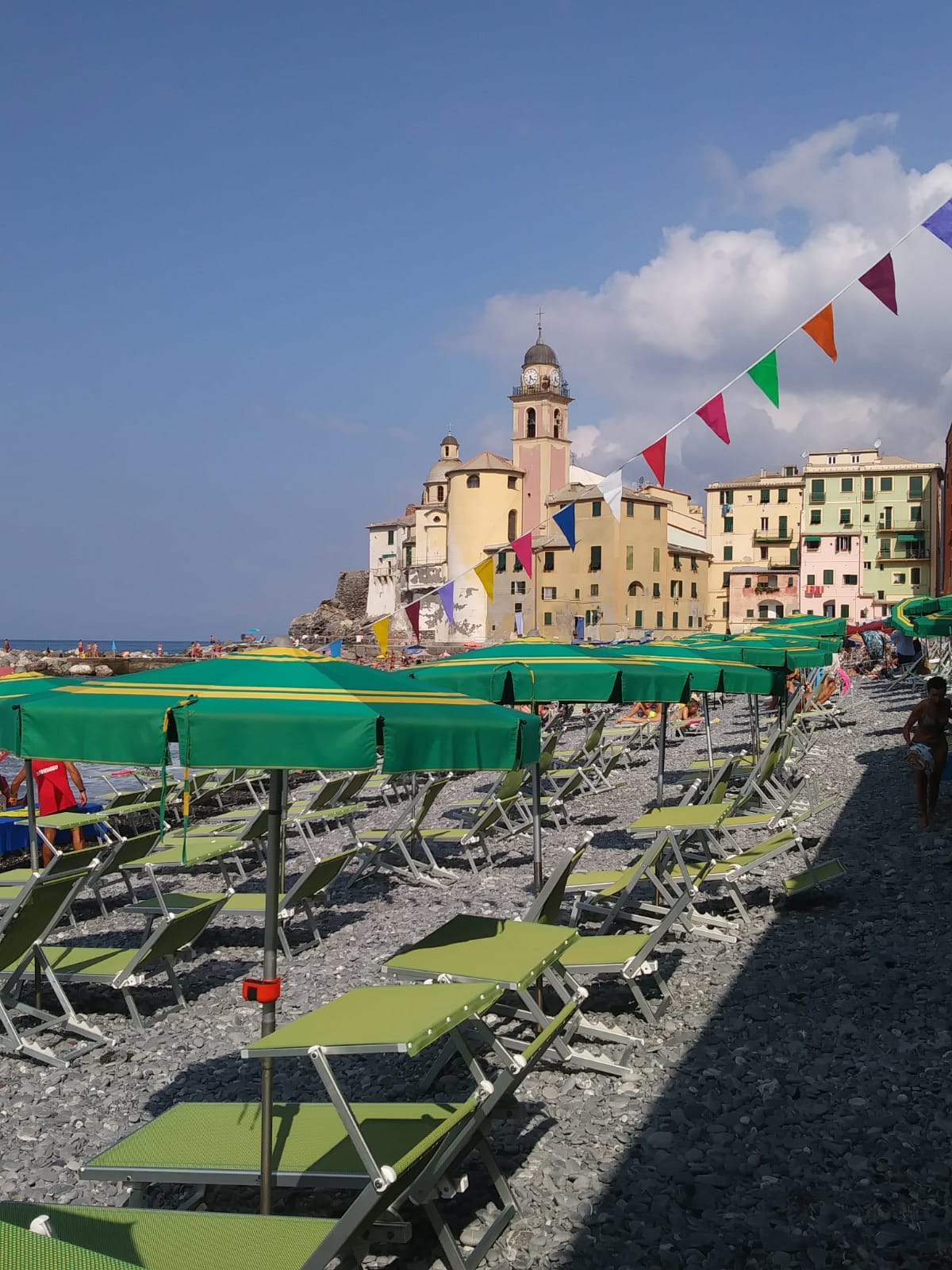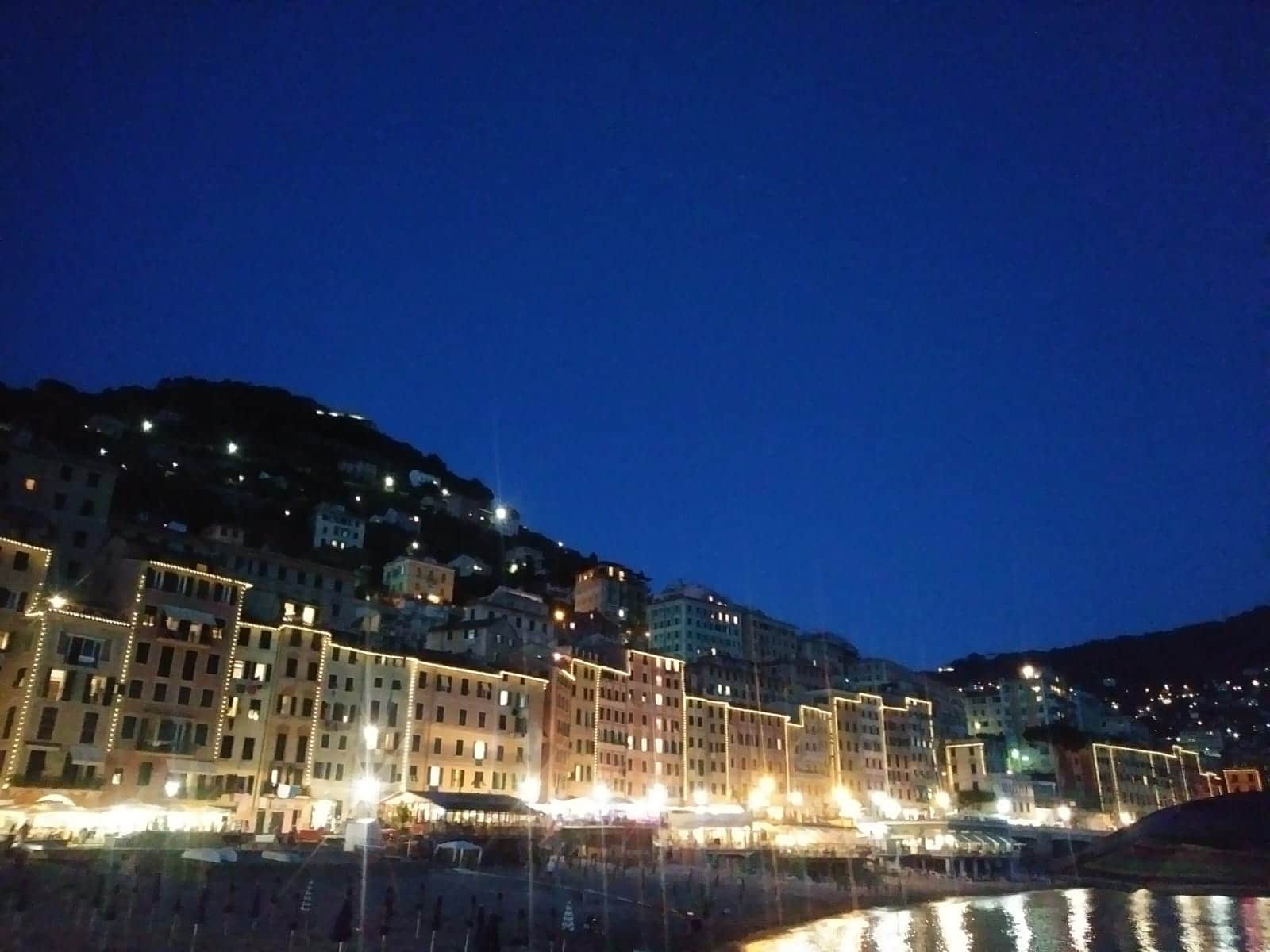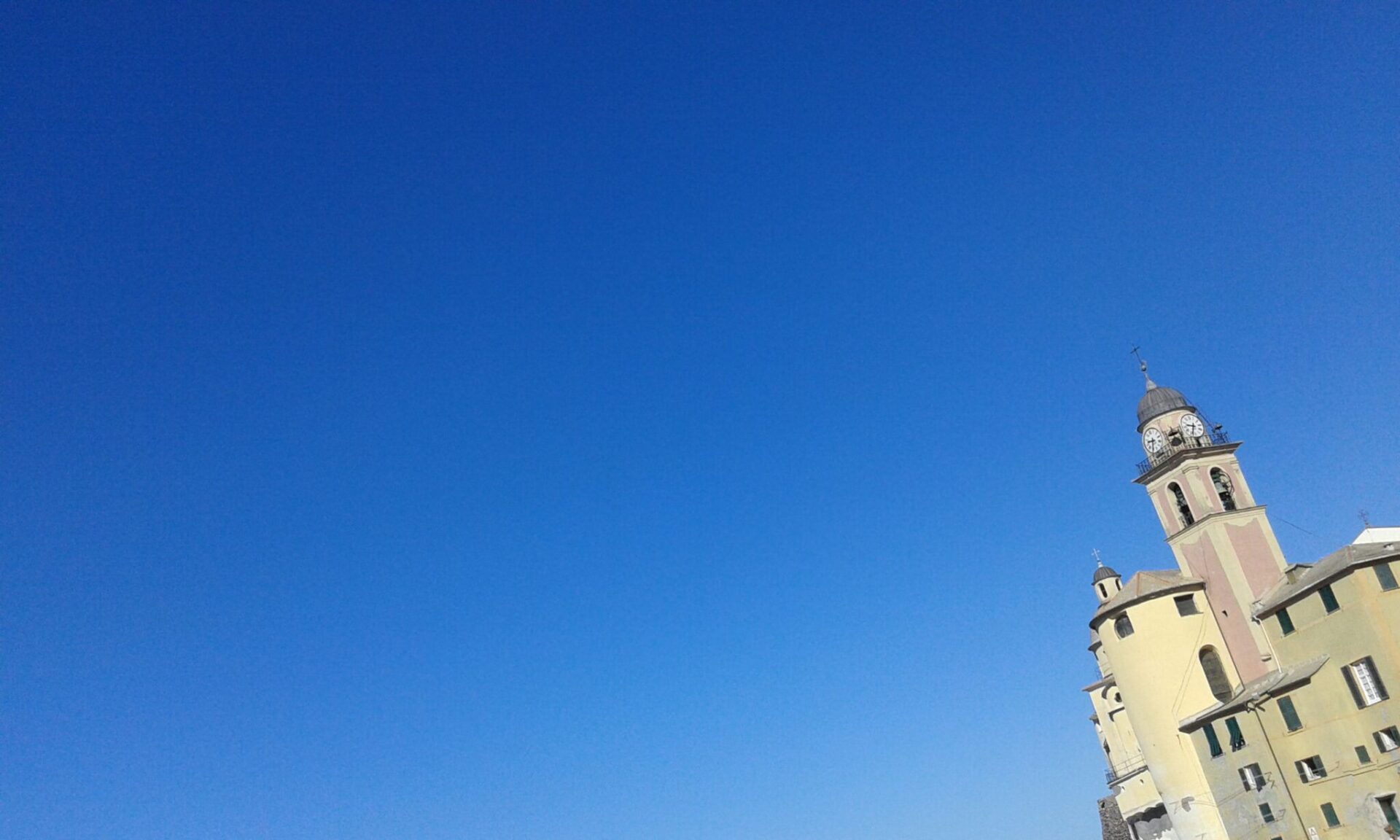A different summer. Actually, for many of us, in Italy and elsewhere in the world, this summer was not so different from other ones, if we were lucky enough to survive the first months of the Covid-19 pandemic without tragic loss in our families. We just have to wear masks, avoid crowds, and be more careful than ever, remembering where the virus could hide: it’s our common responsibility. All things considered, not so difficult or tiring. Not too high a price for everyone’s health.
Still, we know there are limitations to our ability to travel around the world, and, as usual like children, as soon as we are told we cannot do something, we feel like doing exactly that thing. In this case, it’s flying abroad, far from home, especially following an impulsive idea.
But here in Italy we are really lucky: Italy is a small country, with an incredibly dense concentration of culture in every inch of land. A cultural richness, spread form North to South and on its islands: amazing diversity, in which you can find varying artistic styles, accents and dialects, food recipes and flavors, wines, habits.
Within the country one can travel and encounter the most disparate cultural outputs even by just driving a few miles, from one region to another, from a town to a village, and even without actively looking for anything. One frequently will just bump into something new and exciting.
For example, if you love swimming, you can go to the seaside–safely–in Liguria, outside the region’s capital, Genova. Here the sea is so clear, deep and salty, that it is perfect for swimming. You could go to Camogli, a lovely village East of Genova (in the so-called Levante ligure, close to the glamorous Portofino) famous for its tall houses, painted in bright colors.
This area was beloved by the great Italian poet Antonia Pozzi, who took impressive black-and-white photos there. But there is more. If you go for a walk, you must visit the Basilica di S. Maria Assunta (Church of Mary of the Assumption): founded in the XII century and then modified, mostly in the Baroque age. It is located at the top of a long stairway and dominates the Golfo Paradiso (Paradise Gulf). The sight from its terraces is breath-taking: on your left, Punta Chiappa, on your right Genova and the so-called Ponente ligure (West Liguria).
The devotion to the Blessed Virgin Mary is an ancient tradition here among sailors and their families, who used to pray for Mary to protect their lives during the sea-storms. In the Santuario di Nostra Signora del Boschetto, a shrine devoted to Mary, you can see an outstanding collection of so-called ex-voto (votive offerings), painted and donated to thank the Blessed Virgin Mary for her protection.
The history of Camogli is one of sailors, travellers and shipbuilders, very well-known in the world for centuries. Most likely the name itself “Camogli” comes from Ca’ – mogli (Casa delle mogli), that is to say ‘House of the Wives.’ While the men were sailing at sea, their wives and children waited for them. We can find many traces of this glorious past gathered in the recently renewed Museo Marinaro (Maritime Museum) in Camogli. Housed here are objects, documents and works of art covering at least three centuries of Camogli’s sailing history, especially from the Napoleonic Wars to the First World War: paintings (many by the so-called specialised sea painters), ship models, seamen’s books, ancient nautical tools, bills of ladings and other shipping and sailing documents.
Sea painters were hired to celebrate the construction or purchase of a new ship. Their works were usually displayed in the shipowner’s office or in the parlor of his house. The most common painting technique was a mix of tempera and watercolour, but Thomas Willis, an American artist, was renowned for his three-dimensional pictures made also using embroidery and with the addition of billowing silk sails. 146 models of ships present a full range of vessels, spanning the beginning of the Eighteenth Century to the First World War.
One can learn a lot about seafaring when visiting this small but precious museum, thanks to Captain Bruno Sacella, former director of Tirrenia (an Italian Sailing Company), who is now 87 years old, has spent 40 years sailing, and is a docent here. His experience is huge and his wisdom is self-evident: he can explain everything in this field and can tell stories about seamen, ships, and faraway countries, about Joseph Conrad and Giuseppe Garibaldi all day long.
During the lockdown, in March and April, I used to cross a small but beautiful urban garden on the way from my home to the grocer’s. I would walk slowly while carrying my shopping trolley: stopping to sit was forbidden, but I nonetheless had the chance to watch spring as it came and blossomed. I hadn’t looked at the blooming trees, the shyly growing flowers, and every single leaf with such an intense and deep awareness since I was a child. Nature, with its vital processes, in a small space between town buildings, was telling me that life went on, giving me hope, despite everything – the pandemic, tragic losses, our sorrow and fear – and that I had to look beyond. That’s how I was able to feel grateful and blessed even in such a tragic moment.
The same feeling I later found in David Hockney’s Do remember they can’t cancel the spring.



